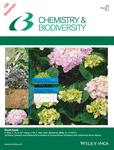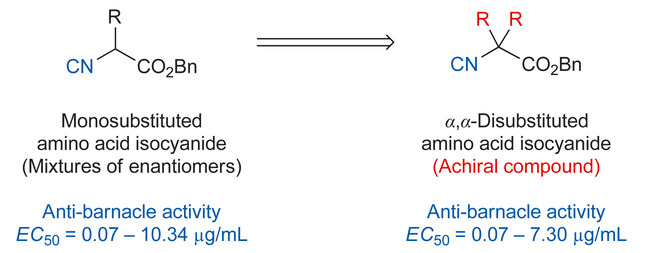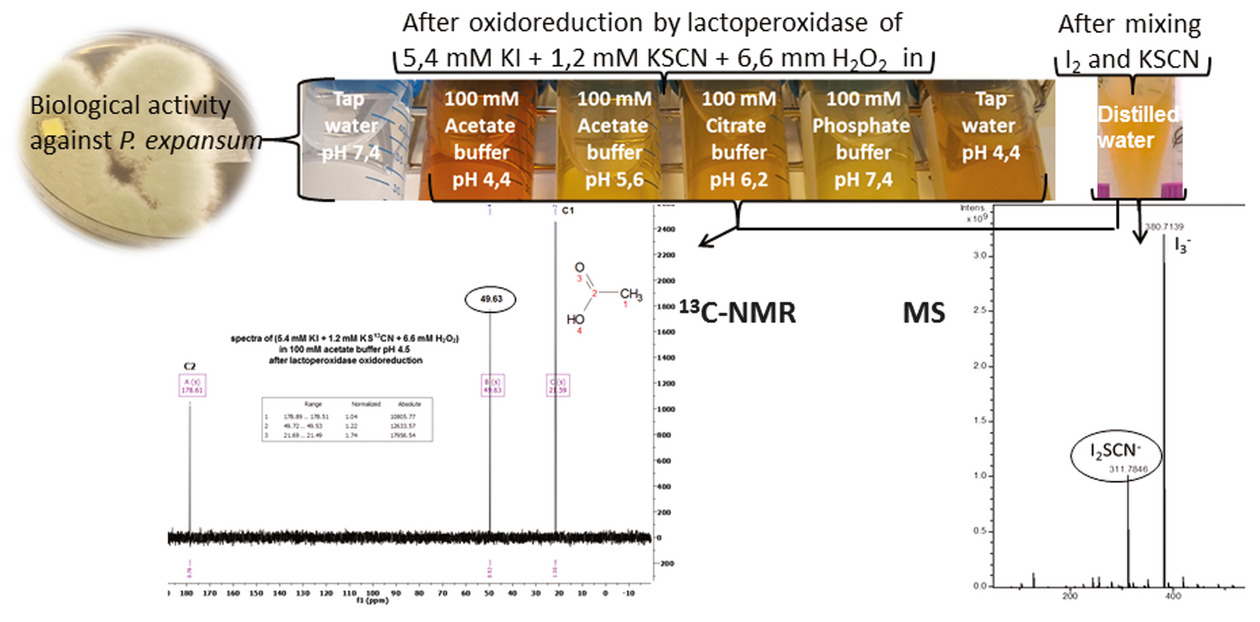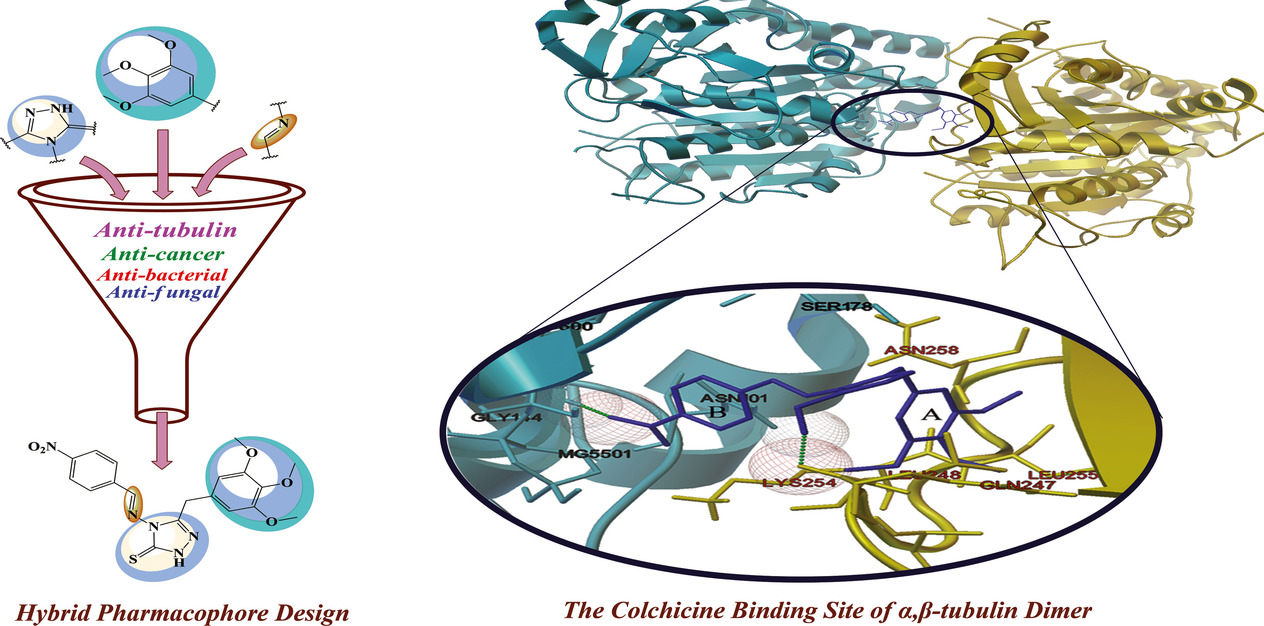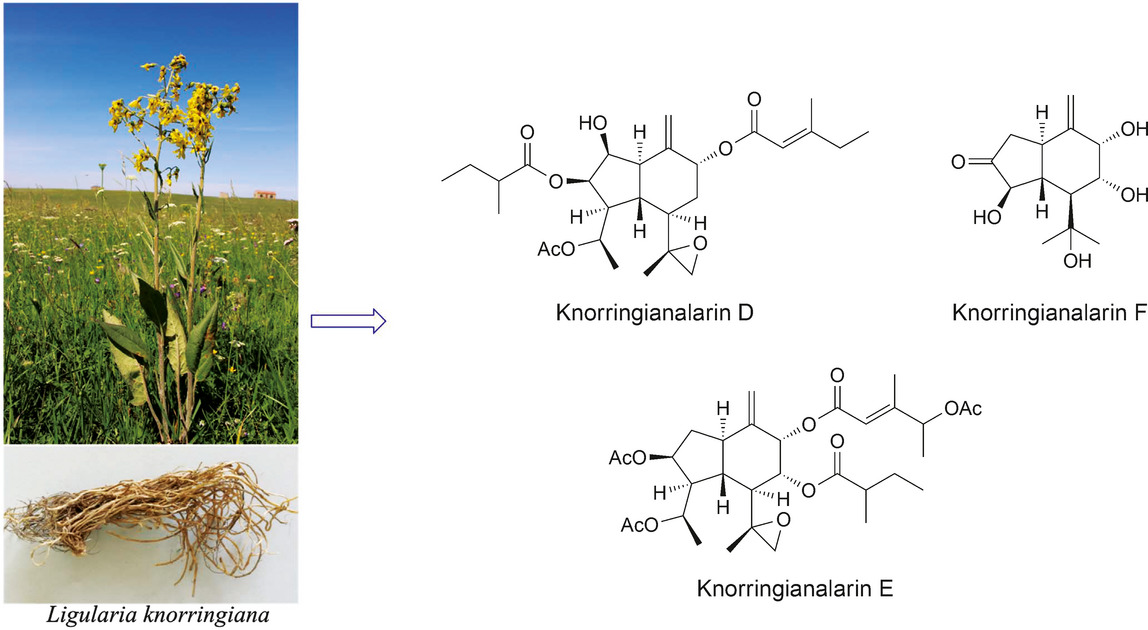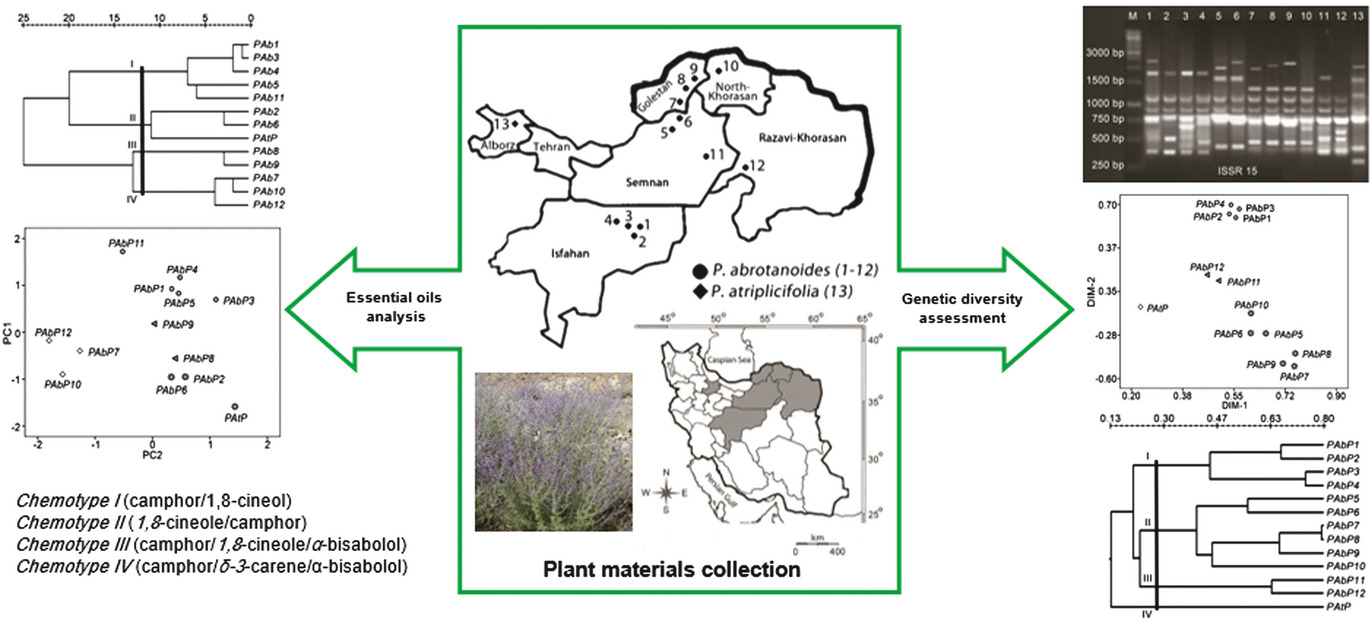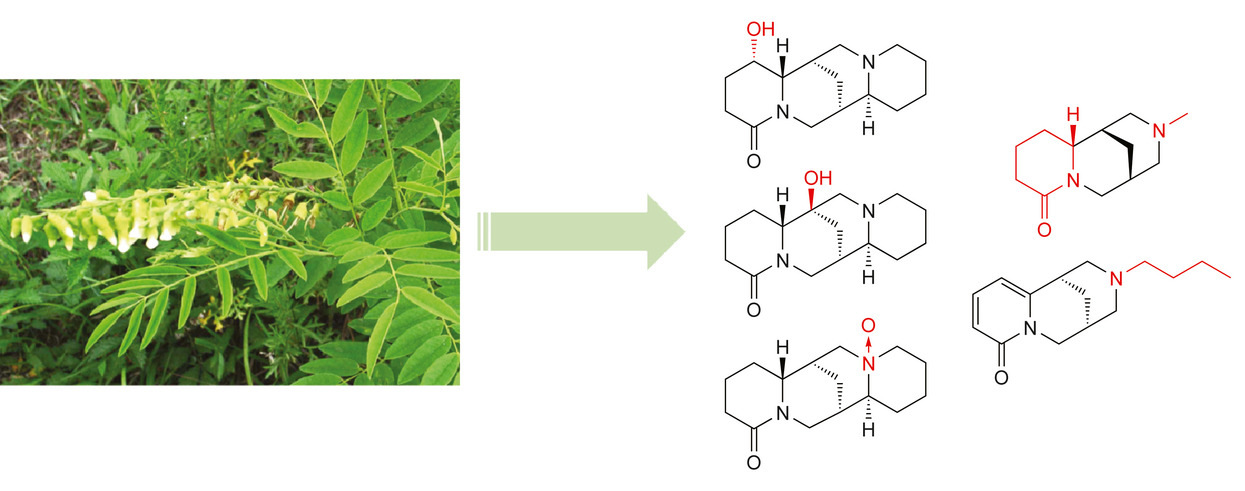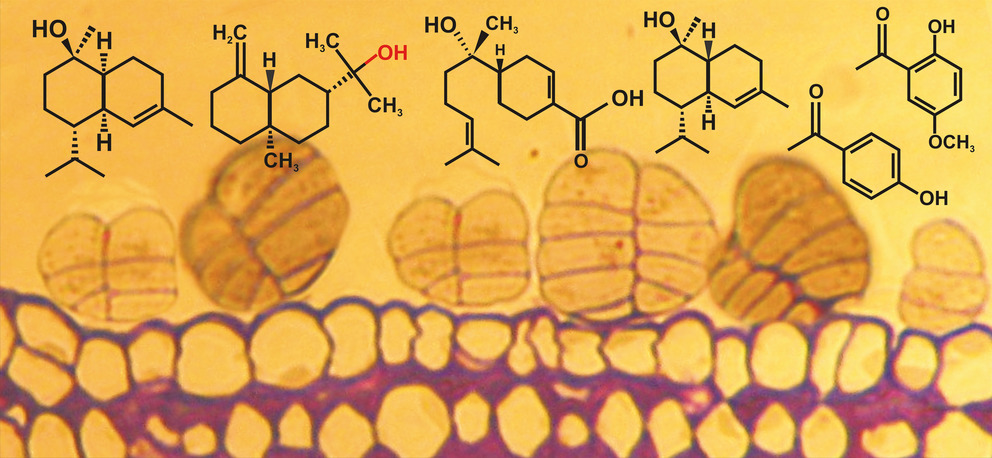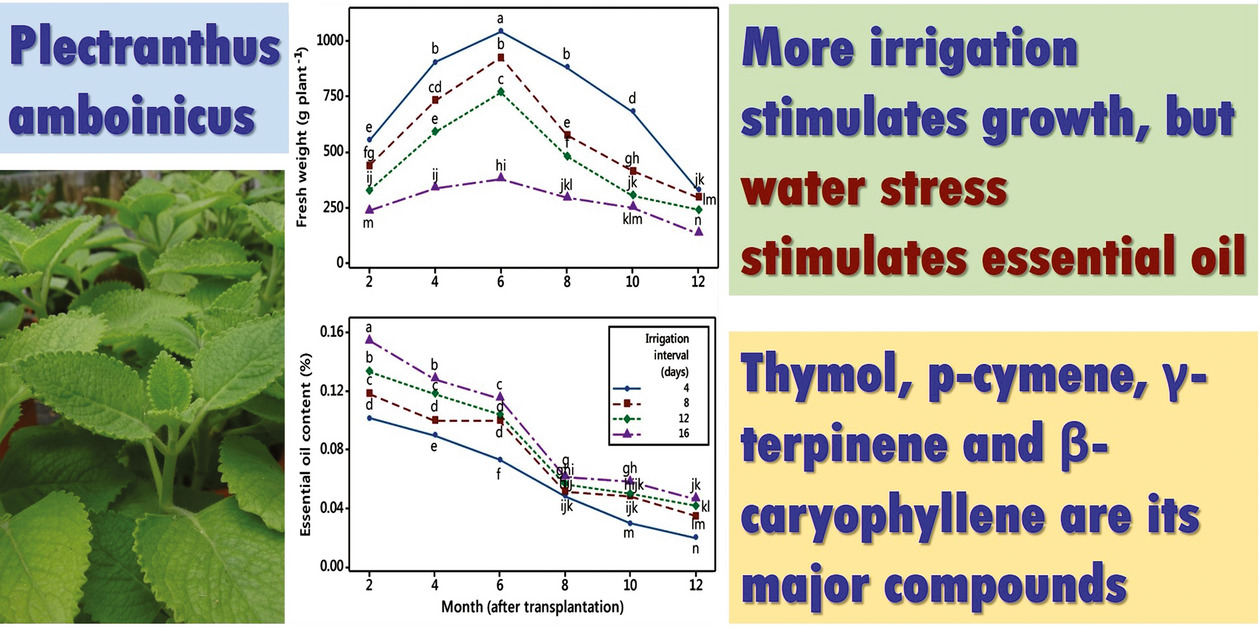Journal list menu
Export Citations
Download PDFs
Front Cover
Front Cover
- First Published: 13 February 2018
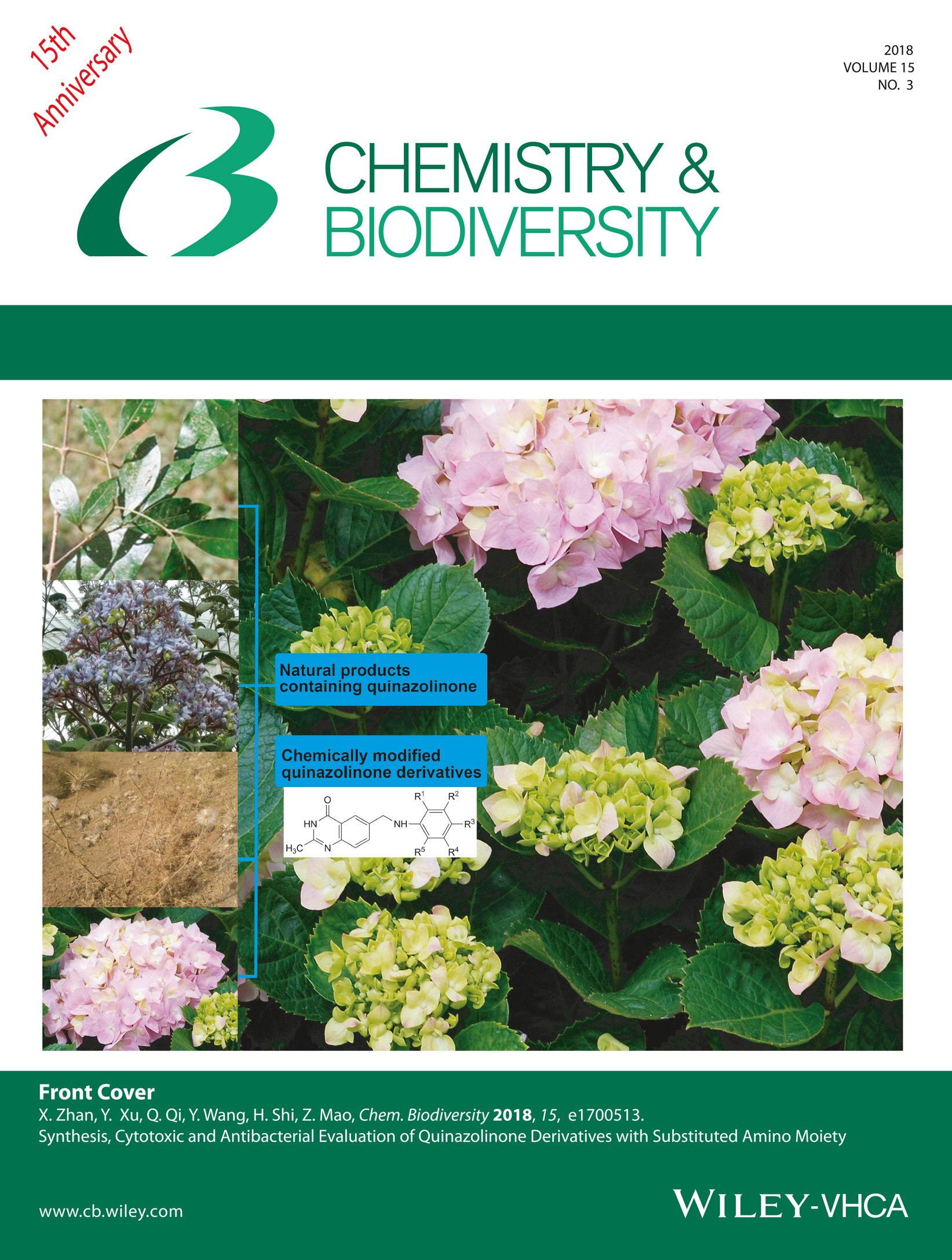
Front Cover. Quinazolinone is a core skeleton in a variety of natural products and synthesized compounds, quinazolinone derivatives show a variety of biological activities. Fifteen novel quinazolinone derivatives containing a substituted amino moiety were synthesized, evaluated for their cytotoxic and antibacterial activities. The compounds 5E, 5J, 5L and 5N showed broad-spectrum cytotoxic activities, and all synthesized compounds showed good to moderate antibacterial activities against Gram-negative bacteria Escherichia coli, as reported by Zhan and coworkers in their full paper https://doi.org/10.1002/cbdv.201700513.
Cover Picture
Cover Picture
- First Published: 13 February 2018
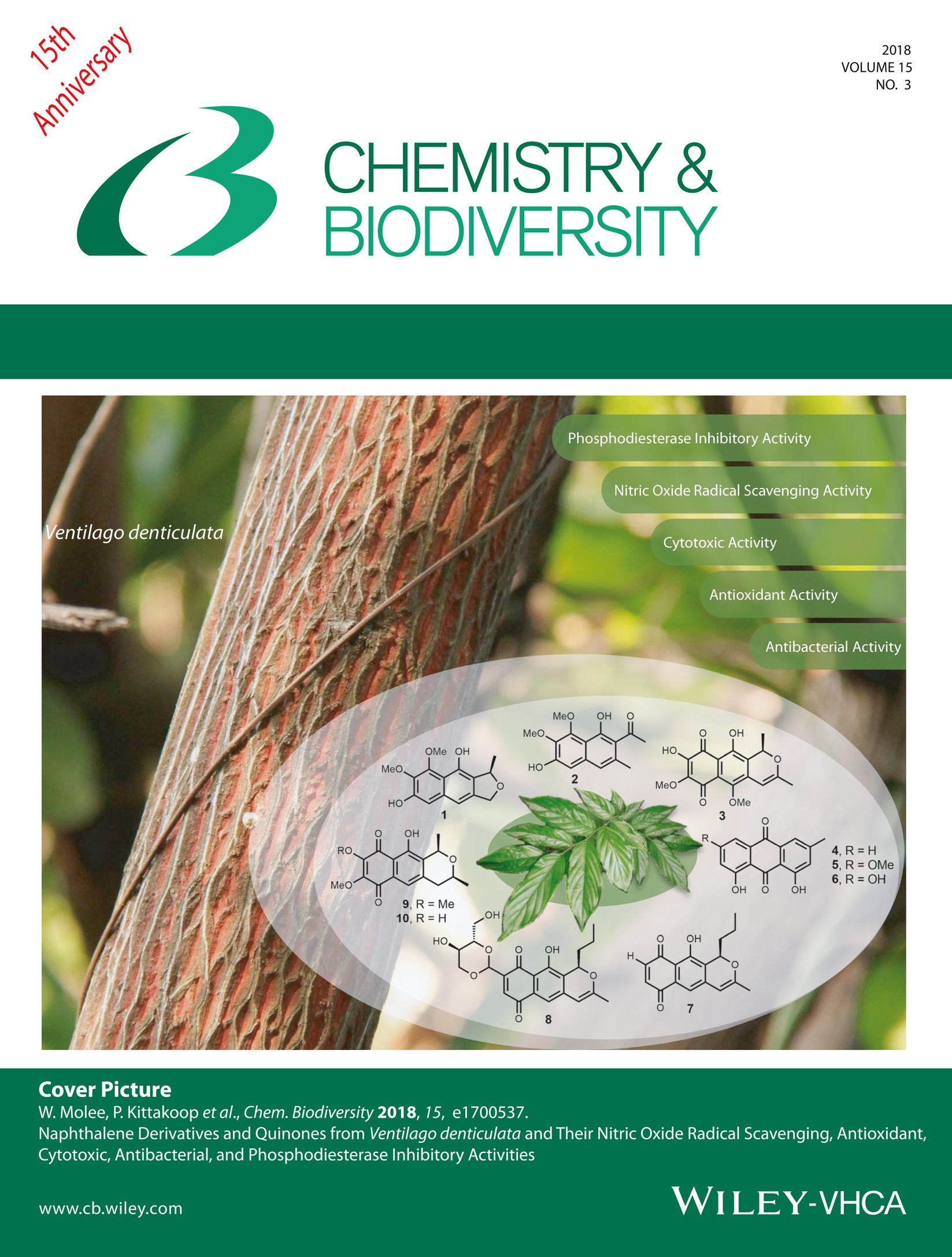
Cover Picture. Ventilago denticulata is a Thai traditional plant, and its crude extract was previously found to exhibit various biological activities. Compounds responsible for cytotoxic, antibacterial, phosphodiesterase inhibitory, nitric oxide radical scavenging, and antioxidant activities in V. denticulata were identified for the first time, as reported by Molee et al. in their full paper at https://doi.org/10.1002/cbdv.201700537.
Cover Picture
- First Published: 25 March 2018
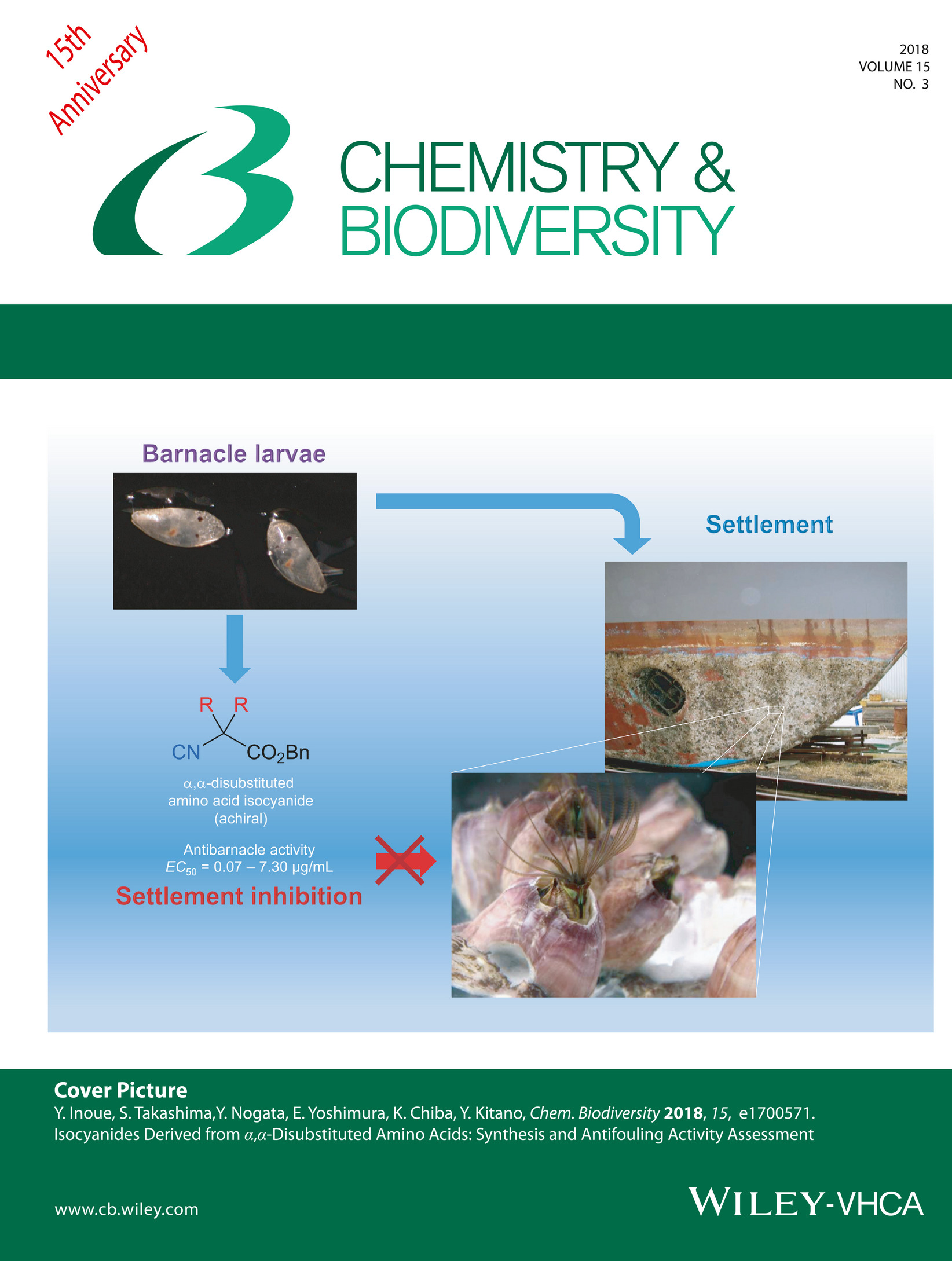
Cover Picture. Marine fouling organisms such as barnacles cause serious economic and ecological problems by settling on ships’ hulls, pipes of power plant cooling systems, and fishing nets. Cu- and Zn-based coatings and other booster biocides are currently used as antifouling agents. However, their toxicity and environmental persistence are worrying, necessitating the development of environmentally friendly antifouling agents. In order to contribute to the development of environmentally friendly antifoulants, the synthesis of 18 isocyanides derived from α,α-disubstituted amino acids and evaluation of their antifouling activity/toxicity against the cypris larvae of the Balanus amphitrite barnacle were carried out. Almost all isocyanides showed good antifouling activity without significant toxicity. They should be useful for further research focused on the development of environmentally friendly antifouling agents, as reported by Kitano et al. in their full paper at https://doi.org/10.1002/cbdv.201700571.
Cover Picture
- First Published: 13 February 2018
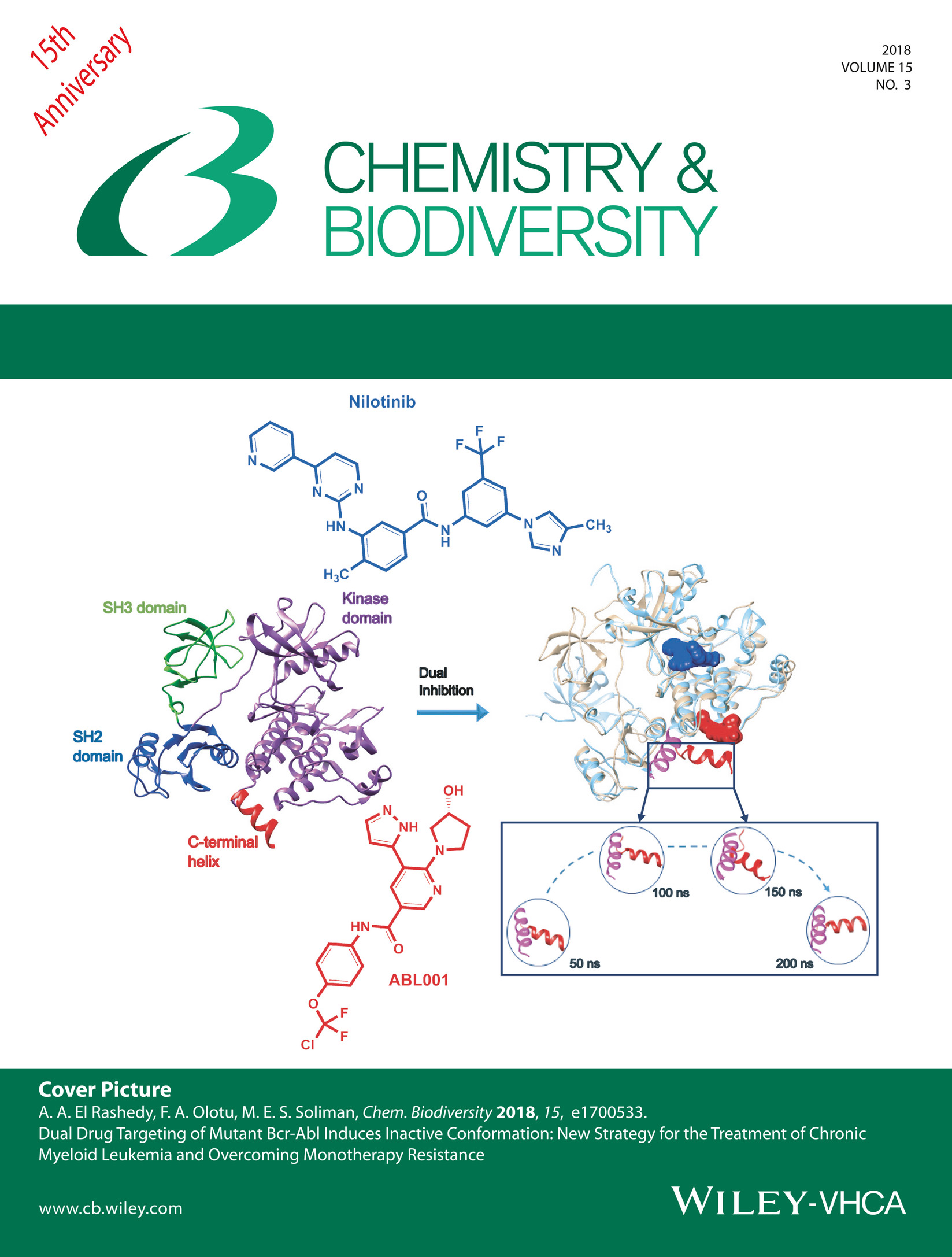
Cover Picture. Bcr-Abl is an oncogenic fusion protein which expression enhances tumorigenesis, and has been highly associated with chronic myeloid leukemia (CML). Moreover, acquired drug resistance have been reported with the use of single therapy agents such as Nilotinib. Allosteric targeting has been identified to consequentially inhibit Bcr-Abl activity, which led to the recent development of ABL001 (asciminib) that selectively binds the myristoyl pocket. Experimental studies reported that combination of both inhibitors induces a bent conformation in the C-terminal helix, a characteristic feature associated with inhibited Bcr-Abl. Accordingly, molecular dynamics simulation reveals that dual targeting involving the combination of both inhibitors induces a bent conformation in the C-terminal helix as reported by El Rashedy et al. in their full paper at https://doi.org/10.1002/cbdv.201700533.
Full Papers
Synthesis, Cytotoxic, and Antibacterial Evaluation of Quinazolinone Derivatives with Substituted Amino Moiety
- First Published: 14 January 2018
Naphthalene Derivatives and Quinones from Ventilago denticulata and Their Nitric Oxide Radical Scavenging, Antioxidant, Cytotoxic, Antibacterial, and Phosphodiesterase Inhibitory Activities
- First Published: 11 January 2018
Isocyanides Derived from α,α-Disubstituted Amino Acids: Synthesis and Antifouling Activity Assessment
- First Published: 30 January 2018
Dual Drug Targeting of Mutant Bcr-Abl Induces Inactive Conformation: New Strategy for the Treatment of Chronic Myeloid Leukemia and Overcoming Monotherapy Resistance
- First Published: 11 January 2018
Reaction Product Variability and Biological Activity of the Lactoperoxidase System Depending on Medium Ionic Strength and pH, and on Substrate Relative Concentration
- First Published: 20 December 2017
Hybrid Pharmacophore Design, Molecular Docking, Synthesis, and Biological Evaluation of Novel Aldimine-Type Schiff Base Derivatives as Tubulin Polymerization Inhibitor
- First Published: 01 January 2018
Oplopane Sesquiterpenes from Ligularia knorringiana and Their Anti-Complementary Activity
- First Published: 11 January 2018
Genetic and Chemical Diversity in Perovskia abrotanoides Kar. (Lamiaceae) Populations Based on ISSRs Markers and Essential Oils Profile
- First Published: 19 January 2018
Six New Polyhydroxysteroidal Glycosides, Anthenosides S1 – S6, from the Starfish Anthenea sibogae
- First Published: 22 January 2018
Eudesmanolides and Other Constituents from the Flowers of Wedelia trilobata
- First Published: 25 January 2018
Two New Dolabrane Diterpenes from the Chinese Mangrove Ceriops tagal
- First Published: 29 January 2018
Volatiles and Nonvolatiles in Flourensia campestris Griseb. (Asteraceae), How Much Do Capitate Glandular Trichomes Matter?
- First Published: 30 January 2018
Response of Biomass Development, Essential Oil, and Composition of Plectranthus amboinicus (Lour.) Spreng. to Irrigation Frequency and Harvest Time
- First Published: 02 February 2018
Chemical Composition and Antimicrobial Activity of Ageratina deltoidea
- First Published: 10 February 2018




